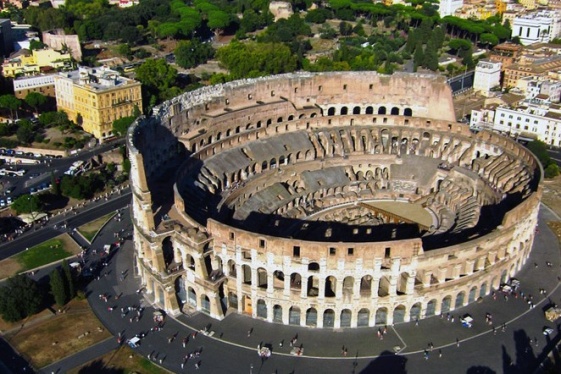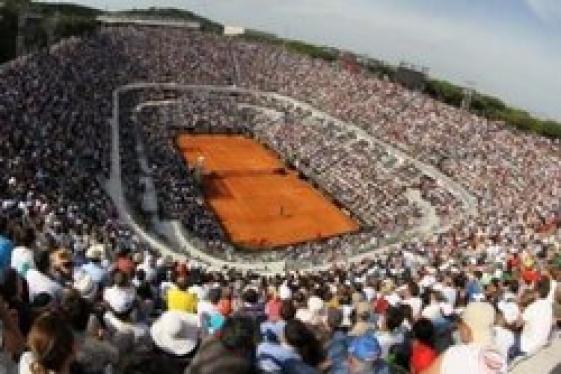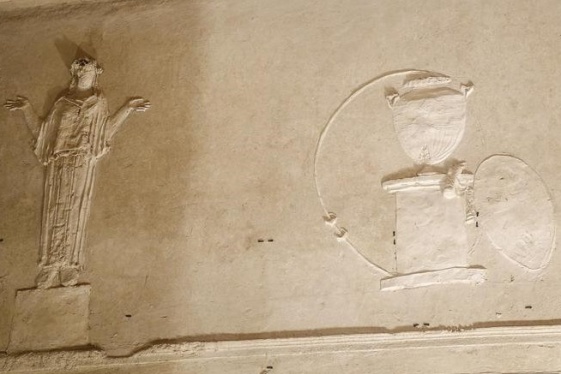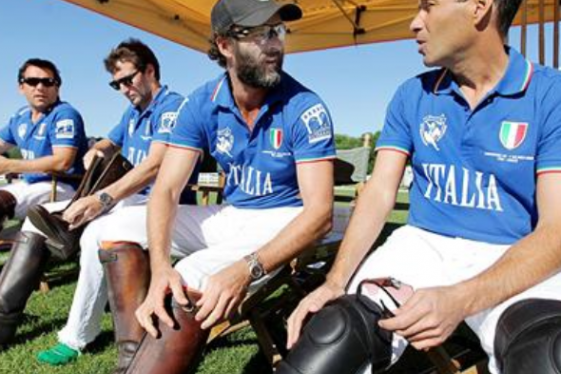

Take a tour of the villas of Rome, plunged into gorgeous gardens and expansive parks, imbued with magnanimous histories and accessible any time of year.
Villa Borghese
First up, on the Pincian Hill, is Villa Borghese, Rome’s “green heart” (it is literally shaped like a heart): property of the Borghese Family since its construction in the 1500s, the Italian State acquired it in the 1900s.
These eighty spectacular hectares host Italian-style gardens that alternate with those English, illustrious fountains and ponds surrounded by lush geenery, and breathtaking panoramas onto the Eternal City. The park itself is so immense that it is dotted with a number of cultural institutions, each of which revel in their own environment of the park: think the Villa itself, seat of the Borghese Gallery and its masterpieces by the likes of Bernini, Titian, Canova, Raphael and Caravaggio; Villa Giulia, housing the National Etruscan Museum; Villa Medici, site of the Franch Academy; the National Gallery of Modern Art; and Casina della Rose, with its Casa del Cinema and a favorite spot for the little ones, the Bioparco or Zoological Garden. Villa Borghese is a world of its own, and offers innumerable events every summer, for instance, Piazza di Siena.
Villa Celimontana
In the Celio district (i.e. Caelian Hill), rather, Villa Celimontana is a 16th-Century structure that was re-structured in the 1800s. Archaeological excavations there have recovered some rather interesting finds from various epochs, particularly an Egyptian obelisk with hieroglyphs depicting Ramses II. The villa’s beautiful driveway is lined by high palms and leads to the Palazzetto Mattei at the park’s center. The Palazzetto hosts the Italian Geographic Society. If you visit in summer, you may have the opportunity to attend the Villa's annual summer music festival.
Villa Doria Pamphili
Among several villas inhabiting Rome’s monumental Janiculum Hill is the 184-hectare Villa Doria Pamphili, which makes for the largest park in the city. Designed in the 17th Century, Villa Pamphili is one of the Capital’s best-preserved, and its Casino del Bel Respiro, used as a representative office for the Cabinet of the Prime Minister of Italy, is decorated with invaluable furnishings and stuccoes. It also faces a magnificent Italian-style garden. Then, Palazzina Corsini consists of large stables and farmhouse, as well as a lovely citrus grove articulated by remarkable fountains.
Villa Sciarra
Another famous residence struck on the Gianicolo (between the Trastevere and Monteverde Vecchio neighborhoods) is Villa Sciarra, beloved for its fountains most of all: e.g. the Fontana Belvedere, Fontana dei Satiri, Fontana di Diana ed Endimione, and the Fontana delle Sfingi (Sphynx). In Villa Sciarra’s realm is Casino Barberini, the headquarters of the Italian Institute of Germanic Studies; the Casino is a must-see, and not just for the awe-inspiring view from its tower.
Villa Ada
Finally, take on an excursion outside the Aurelian Walls to stroll Rome’s second-largest park, Villa Ada, (Via Salaria). A former hunting grounds belonging to the Savoys, this park comprises not only squirrels and rabbits, but parrots as well!
You may be interested
-
Exciting Palatine. Interview with Clementina...
You can tell she fills with excitement when she has the chance to show an important archae...
-
Italian Open's History and Records: A tale o...
For Italians, and Romans in particular, the Open is not just a tennis tournament where cha...
-
'Basilica of Mysteries' reborn in Rome
The so-called 'Basilica of the Mysteries' has been reborn in Rome. The basilica, one of th...
-
'Carbonara Day' celebrates famous pasta dish
On Friday, April 6, the world will celebrate "Carbonara Day", an occasion launched by the...
-
'Gladiators' bring Roman flavor to R.I. polo
As thousands of sharply dressed spectators converged on the turf of Newport International...
-
'Hot priests' grace Rome's calendar
It is officially called the Calendario Romano, or Roman Calendar. But on the streets of Ro...
-
'No one should be left behind': Italian teen...
A 15-year-old boy, known as Simone, has become an overnight internet sensation after stand...









